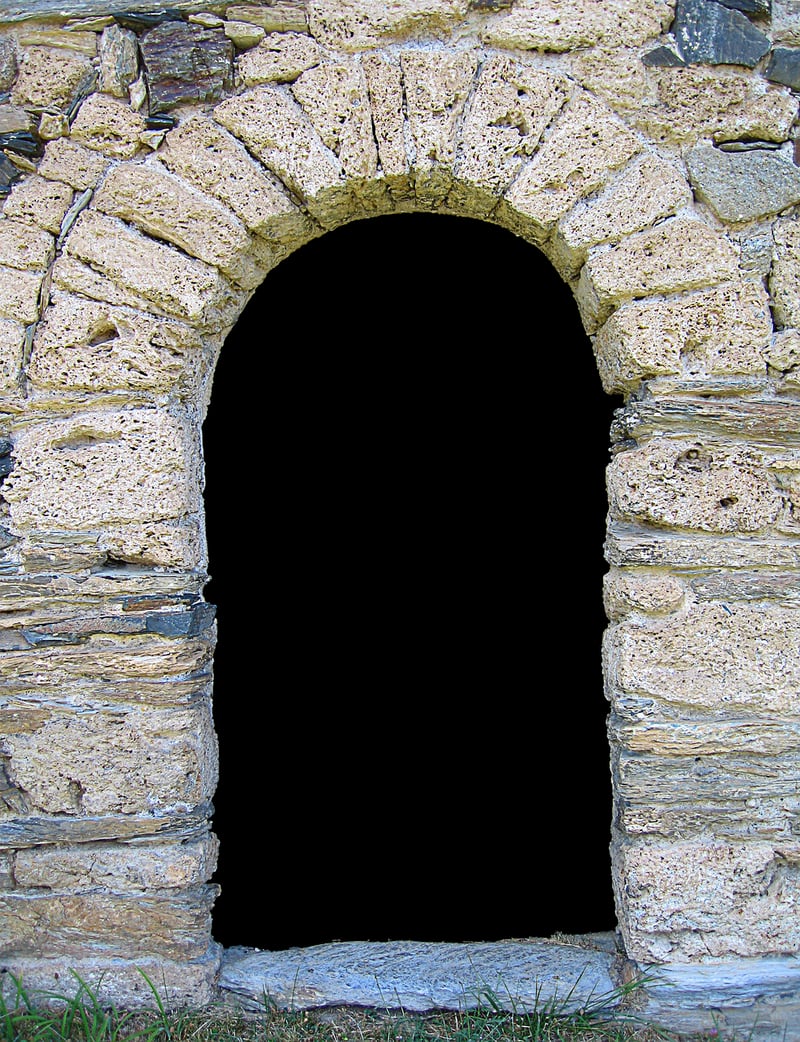Labyrinth Walking
The Art of Meditative Movement and Labyrinth Walking
In today's fast-paced world, finding moments of peace and serenity can seem like a challenging task. However, incorporating meditative movement practices such as labyrinth walking into your routine can provide a much-needed respite from the chaos of everyday life.
What is Meditative Movement?
Meditative movement encompasses various physical activities that are performed with a heightened level of awareness and mindfulness. This can include practices such as yoga, tai chi, qigong, and walking meditations.
Benefits of Meditative Movement
- Reduces stress and anxiety
- Improves focus and concentration
- Promotes relaxation and a sense of calm
- Enhances mind-body connection
- Boosts overall well-being

Introduction to Labyrinth Walking
Labyrinth walking is an ancient practice that involves walking a winding path that leads to a center point. It is a symbolic journey that can help quiet the mind, reduce stress, and promote spiritual reflection.
Benefits of Labyrinth Walking
- Calms the mind and body
- Facilitates self-reflection and introspection
- Enhances creativity and problem-solving abilities
- Provides a sense of inner peace and clarity
- Encourages mindfulness and presence in the moment

Combining Meditative Movement with Labyrinth Walking
By combining meditative movement practices with labyrinth walking, individuals can experience a holistic approach to mindfulness and relaxation. Moving mindfully through the labyrinth while incorporating elements of meditative movement can deepen the overall experience and provide a profound sense of inner peace.
Whether you choose to practice yoga before walking the labyrinth or engage in tai chi movements along the path, the combination of these techniques can amplify the benefits of both practices and offer a unique way to connect with your inner self.
Take the time to explore the art of meditative movement and labyrinth walking to discover a path to tranquility and well-being in the midst of life's demands.
